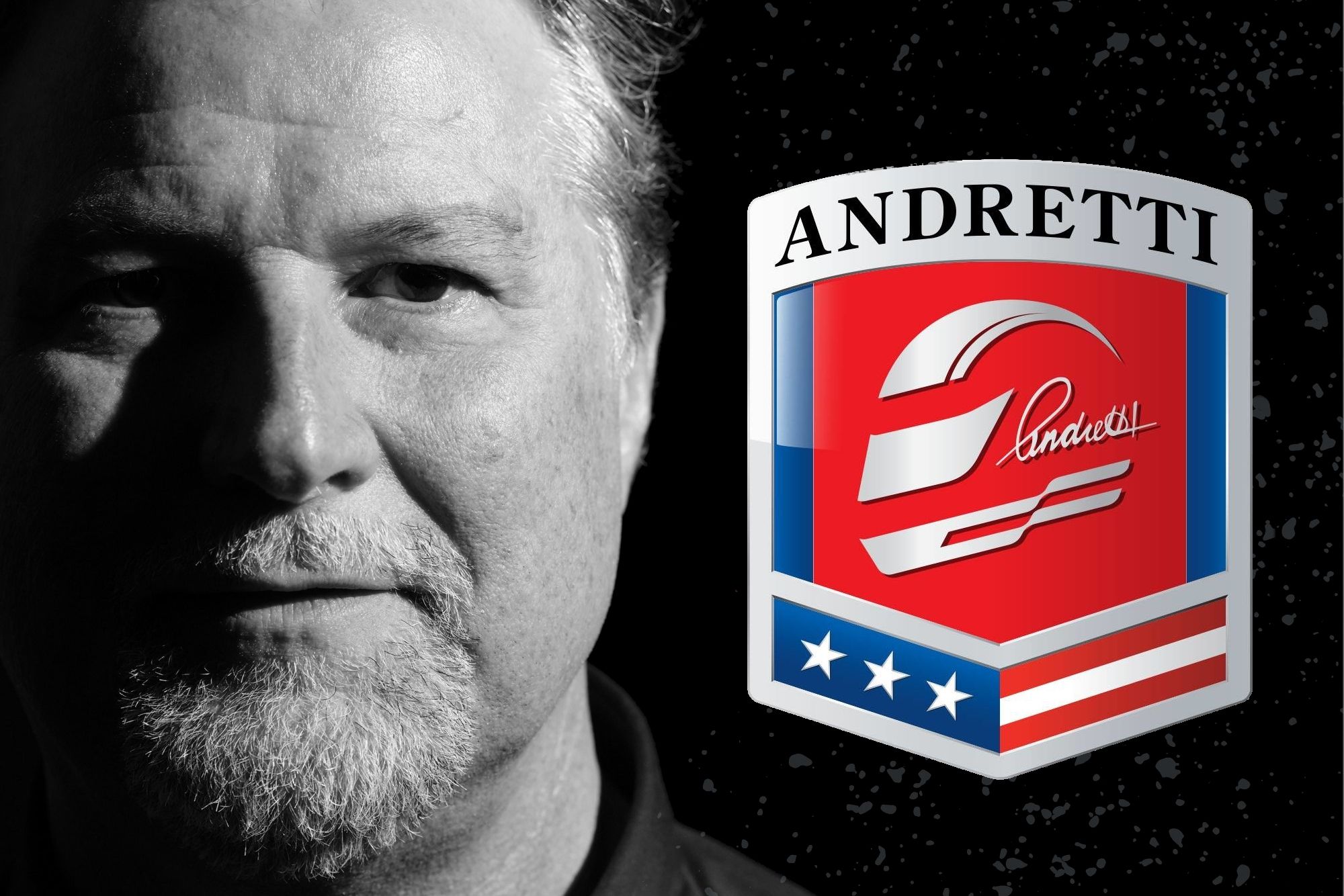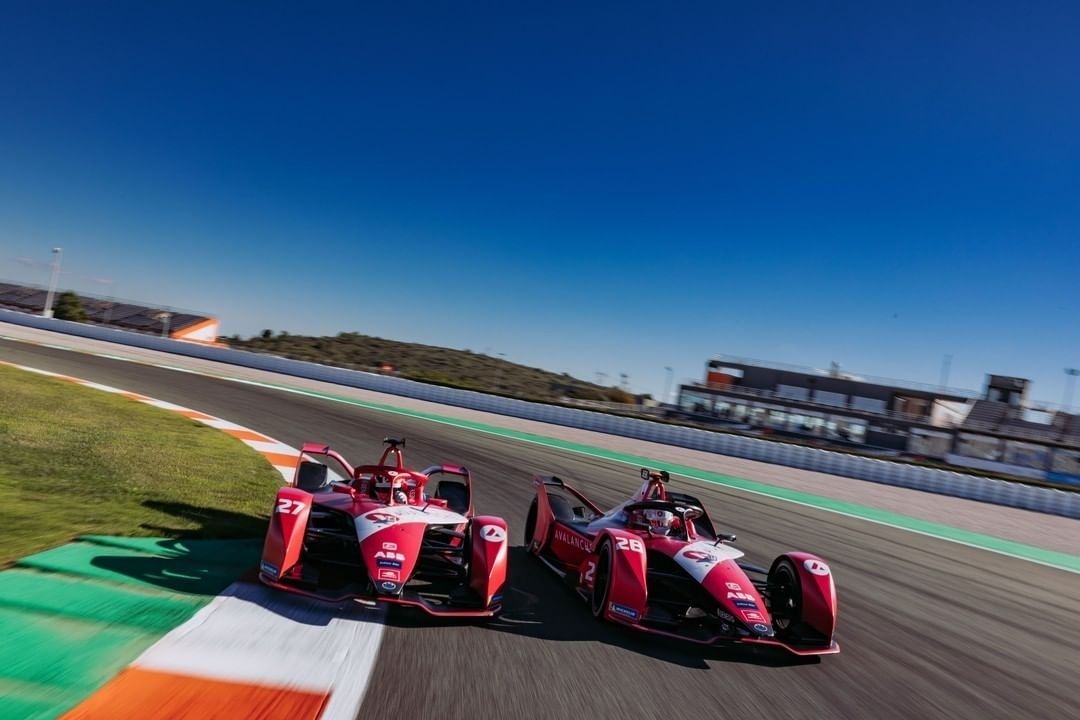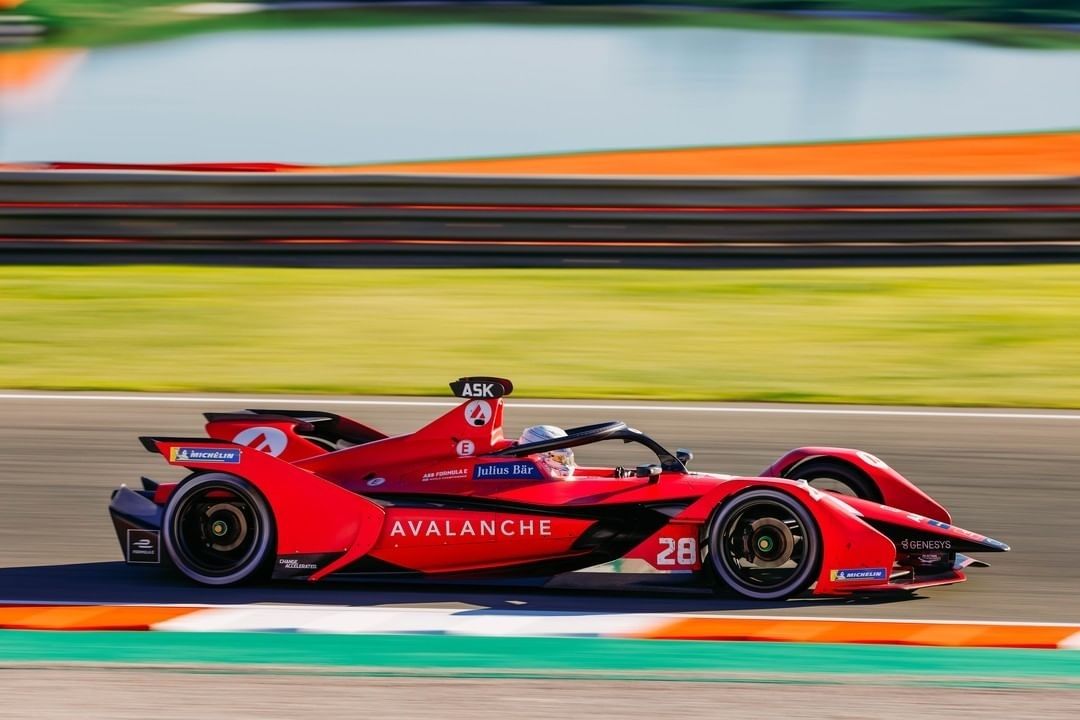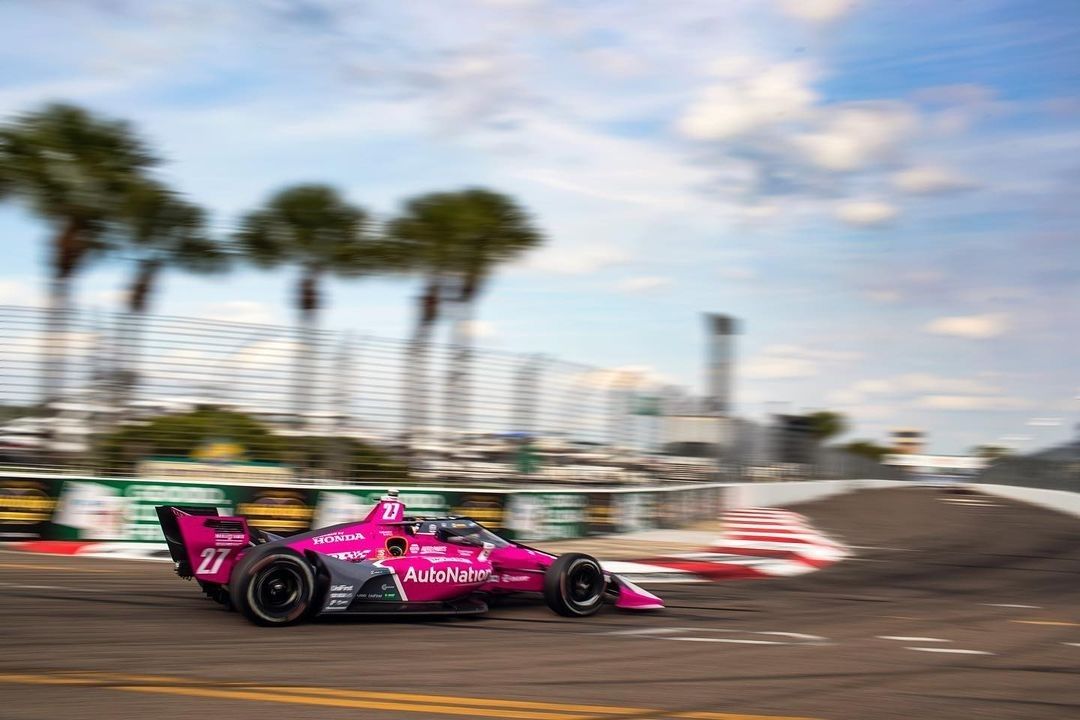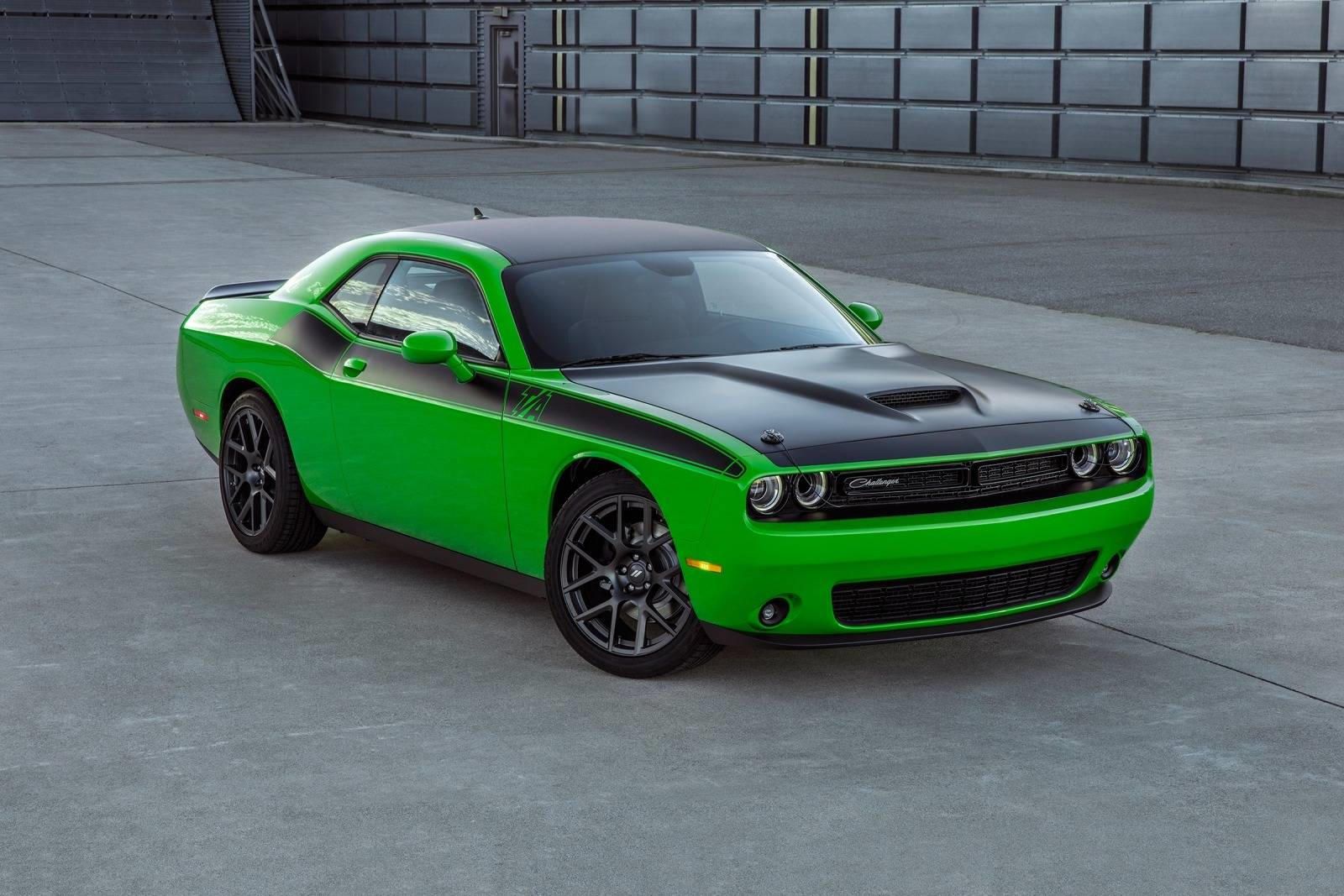
America technically already has an F1 team on the grid, but Haas lacks pedigree. Many people were excited when the Andretti family announced it would join the grid in 2024. Unfortunately, the family has been snubbed several times, and McLaren seems to be the only team excited about having another competitor on the grid. Personally, we'd love to see two American drivers rock up at races in a supercharged Dodge Challenger.
Andretti Autosport currently competes in the IndyCar Series, Indy Lights, Indy Pro 2000, and Formula E, yet Formula 1 seems to be ignoring the famous team's advances. Mario Andretti recently spoke to Planet F1 about the pushback it's receiving and revealed that the team is soldiering on regardless. As far as the Andrettis are concerned, they are racing in 2024.
"We're working every single day on this project, with the intention to be on the grid in 2024," said Mario Andretti. "We're preparing as if we were given the go-ahead. So Michael is on it, and that's what we expect to do. We're certainly not giving up. It's a very serious project for us, and we're ready to make that investment."
Formula 1's attitude toward the Andretti team is baffling, to say the least. It's important to note that the FIA and the Formula One Group are separate entities. The Formula One Group comprises several F1-related bodies, which are responsible for promoting F1 and exercising the sport's commercial rights.
The terms by which teams race is called the Concorde Agreement, and it is a contract between the FIA, the Formula One Group, and existing F1 teams.
The Formula One Group has the most sway over who enters the sport, and new teams have to pitch themselves to a panel. It's not clear where in the process Andretti Autosport is. We know it costs $200 million to apply, but it does not guarantee entry. That vast amount of money is split up between the existing teams to offset how the prize money may be split at the end of the year. The prize money is divided according to placement in the constructor's championship, with the winning team receiving the most.
F1's CEO, Stefano Domenicali, recently stated that he feels the sport could become too crowded and that he hasn't seen a viable proposal yet. This could be a thinly veiled comment regarding Andretti Autosport, which is currently appealing F1's decision. It would help if the team had the support of other F1 teams, but the most successful team of all has also been highly critical. Mercedes' team boss, Toto Wolff, openly questioned Andretti Autosport's credibility.
"Honestly, [the reception] has been extremely disappointing, obviously, so far. But, at the same time, we're just trying to come up with whatever is asked of us, we're trying to satisfy it - I don't know what else we can do," said Andretti.
"Our intentions are good for the sport. I don't know why that investment wouldn't be good, especially when you're looking at a season going to 24 races next year, where it's going to be such incredible stress on all the teams. To be able to ensure that you can guarantee a full grid, if you have a team or so potentially dropping out for a race or whatever, at least you have some insurance with 11 teams - that's 22 prospective drivers out there."
For the record, the current Concorde Agreement, which is valid until 2026 when Audi and Porsche are set to join the grid, has no limitations on the number of teams that can enter. The only rule that limits cars is a rule that states that only 26 vehicles may compete in an F1 race.
The pushback makes even less sense against the backdrop of F1's recent announcement about the 2023 schedule. America will host the most races, as interest in the sport is growing in leaps and bounds. Having another American team on the grid is good business, yet there's a whiff of superiority from Europe's side.
The only explanation is that the other teams are scared. If Andretti is successful in the midfield, it will push several European teams one spot down in the championship, and losing one place can easily result in the loss of tens of millions of dollars.

